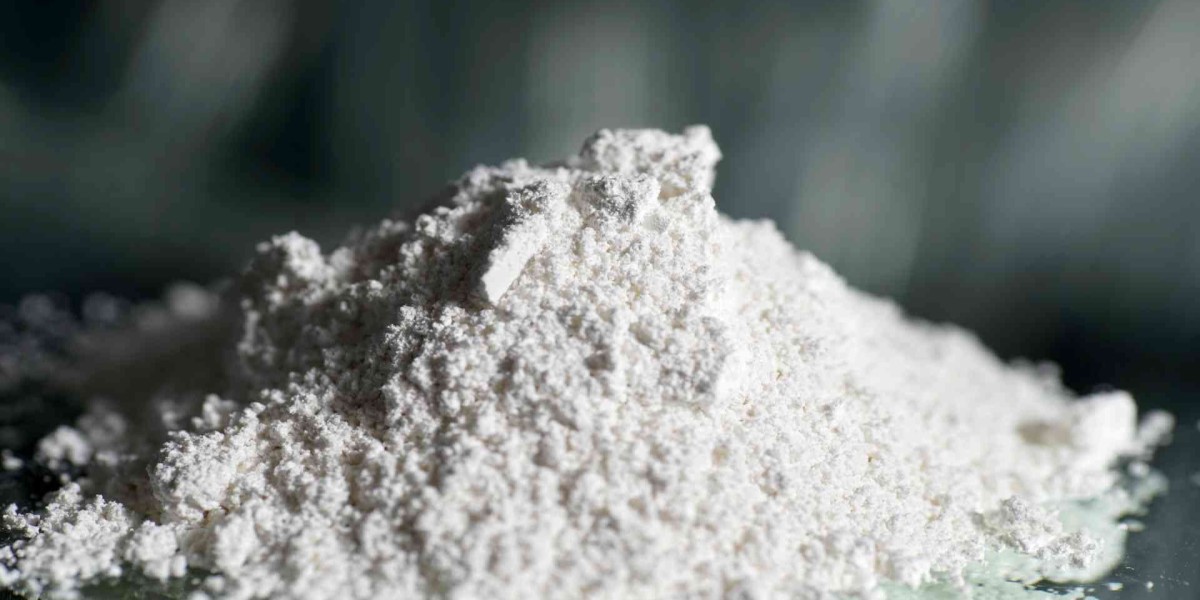Lithium hydroxide (LiOH) is an inorganic compound that is produced through the neutralization reaction between lithium carbonate (Li2CO3) and sodium hydroxide or calcium hydroxide (NaOH or Ca(OH)2). It is a white crystalline solid that is highly soluble in water and ethanol. LiOH has multiple industrial uses but is primarily known as a critical component in the manufacture of lithium-ion batteries.
Uses
- Lithium-ion Batteries: It is used as a precursor to produce lithium oxide (Li2O), which is further processed to manufacture the lithium metal oxides used in the cathodes of lithium-ion batteries. These batteries power consumer electronics as well as electric vehicles. With increasing electrification worldwide, demand for it is rapidly growing.
- Heat-Resistant Ceramics: Ceramic materials like lithium aluminosilicate that can withstand high temperatures are manufactured using it. These ceramics find use in applications like heat exchangers, electrical insulators, and catalytic converter substrates.
- Air Treatment: It is utilized as a desiccant to absorb moisture and carbon dioxide from air or gaseous mixtures through adsorption. It effectively dehumidifies environments.
- Glass Manufacturing: A small amount of it is added to glass melts to increase the melting point and thermal endurance of glass. This allows the production of heat-resistant glass for applications like oven doors and cookware.
- Lubricating Greases: Lithium Hydroxide soap formed through saponification of oils is used as a thickening agent in high-temperature lithium complex greases used in industrial machinery.
Production and Supply
Globally, its production in 2021 was estimated at over 350,000 tons. Australia, Chile, Argentina and China are the major producers, with China accounting for over 50% of total supply.
It is primarily manufactured through two methods - the hydrothermal process and the purification of lithium carbonate process. In the hydrothermal process, lithium minerals like spodumene are exposed to steam under high temperature and pressure to leach out lithium. The leach solution is purified through liming and soda ash treatment to recover lithium hydroxide.
The lithium carbonate purification process involves lime soda calcination of spodumene or brines to produce lithium carbonate, which is further treated with sodium hydroxide to convert it to lithium hydroxide through ion-exchange processes. This method is more economical for large-scale production.
Owing to its primary use in lithium-ion batteries, the supply of it is facing increased pressure due to growing electrification and rising battery demand projections. While lithium resources are widespread, development of new mines and processing facilities will take 5-10 years. This is making it a critical raw material with supply security concerns in the coming decade.
Environmental and Sustainability Issues
Being a industrial chemical, lithium hydroxide production and subsequent uses can impact the environment if not properly managed. Key issues include:
- Mining Impact: Conventional open-pit mining of hard rock lithium deposits requires heavy earthmoving equipment that disturbs local ecology. Brine extraction also impacts wetland habitats if not regulated.
- Water Consumption: Both mining and hydrothermal purification processes utilize significant amounts of freshwater. Production sites need appropriate water recycling and management plans.
- Waste Generation: Mining waste rock and process waste streams from purification need proper treatment and disposal to prevent groundwater contamination.
- Emissions: Energy-intensive production can release greenhouse gases as well as pollutants to air if emission systems are inadequate.
- Responsible Sourcing: There are issues of land rights, indigenous habitation and child labor in some producing regions that need to be addressed via due diligence and certifications.
Moving forward, lithium production will have to focus on minimizing water and land footprint through technology innovations as well as adopt carbon reduction initiatives to align with broader sustainability goals. Closed-loop hydrometallurgical processes, resource recovery, and use of renewable energy can help establish environment-friendly lithium supply chains.
Lithium hydroxide is an essential industrial chemical with diverse applications but growing importance for lithium-ion batteries and energy storage. While global reserves are sizeable, secure supply will depend on long-term investments and responsible production practices that balance economic and environmental considerations. Advancing sustainability across the lithium value chain merits high priority given the central role these materials will play in low-carbon technologies.
Get more insights on: - Lithium Hydroxide
For Enhanced Understanding, Dive into the Report in the Language that Connects with You:-
About Author:
Priya Pandey is a dynamic and passionate editor with over three years of expertise in content editing and proofreading. Holding a bachelor's degree in biotechnology, Priya has a knack for making the content engaging. Her diverse portfolio includes editing documents across different industries, including food and beverages, information and technology, healthcare, chemical and materials, etc. Priya's meticulous attention to detail and commitment to excellence make her an invaluable asset in the world of content creation and refinement.
(LinkedIn- https://www.linkedin.com/in/priya-pandey-8417a8173/)
Naijamatta is a social networking site,
download Naijamatta from Google play store or visit www.naijamatta.com to register. You can post, comment, do voice and video call, join and open group, go live etc. Join Naijamatta family, the Green app.
Click To Download


